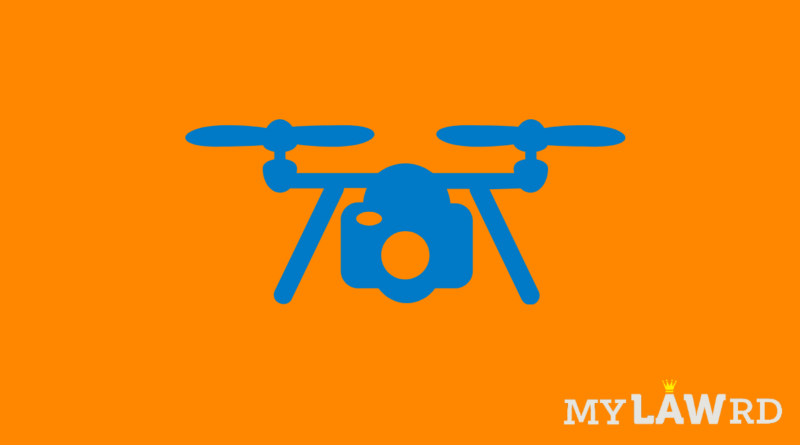Government allows Ministry of Agriculture to use drones for remote sensing data collection
The Ministry of Civil Aviation has exempted the Ministry of Agriculture to use drones for remote sensing data collection. The drones would be operated in Gram Panchayat levels of 100 districts. The exemption has been granted for facilitating the operation of Pradhan Mantri Fasal Bima Yojana.
The Ministry of Agriculture (Ministry of Agriculture & Farmers Welfare) had applied for an exemption from Rules 15A of the Aircraft Rules, 1937, and Section 3, Series X, Part I, of the Civil Aviation Requirements (CAR) in November, 2020. The DGCA had allowed the application on 29th January, 2021. Following the earlier exemption, the Central Government has decided to a grant conditional exemption. This order would be valid until the Digital Sky Platform comes into operation, or till 29th January, 2021, whichever comes earlier. The exemption allows the Ministry of Agriculture to use drones and collect remote sensing data for yield estimation.
Aircraft Rules and Civil Aviation Requirements
Section 160 of the Aircraft Rules, 1937, allows the Central Government to exempt any aircraft or class of aircraft or any person or class of persons from the operation of these rules. Section 3 of the CAR came into effect on 1st December, 2018, and set out the requirements for operation of Civil Remotely Piloted Aircraft Systems (RAPS). Series X, Part I of the CAR. Most importantly, they require RPAS to have a Unique Identification Number issued by the DGCA. They also talk about obtaining an Unmanned Aircraft Operator Permit from the DGCA, training requirements of remote pilots, and minimum equipment and operational requirements. The Ministry of Agriculture in this case had submitted a Standard Operating Procedure and some undertakings while seeking exemptions.
However, despite the exemptions, the Ministry of Agriculture would have to obtain necessary clearances from Local Administration, Ministry of Defence, the Indian Air Force, and the Airport Authority of India. It will also have to disclose RPAS which it plans to use and obtain a valid Drone Acknowledgement Number. The maximum allowed height (AGL) is 200 ft.
You can read the order here.
Do subscribe to our Telegram channel for more resources and discussions on tech-law. To receive weekly updates, and a massive monthly roundup, don’t forget to subscribe to our Newsletter.
You can also follow us on Instagram, Facebook, LinkedIn, and Twitter for frequent updates and news flashes about #technologylaw.

